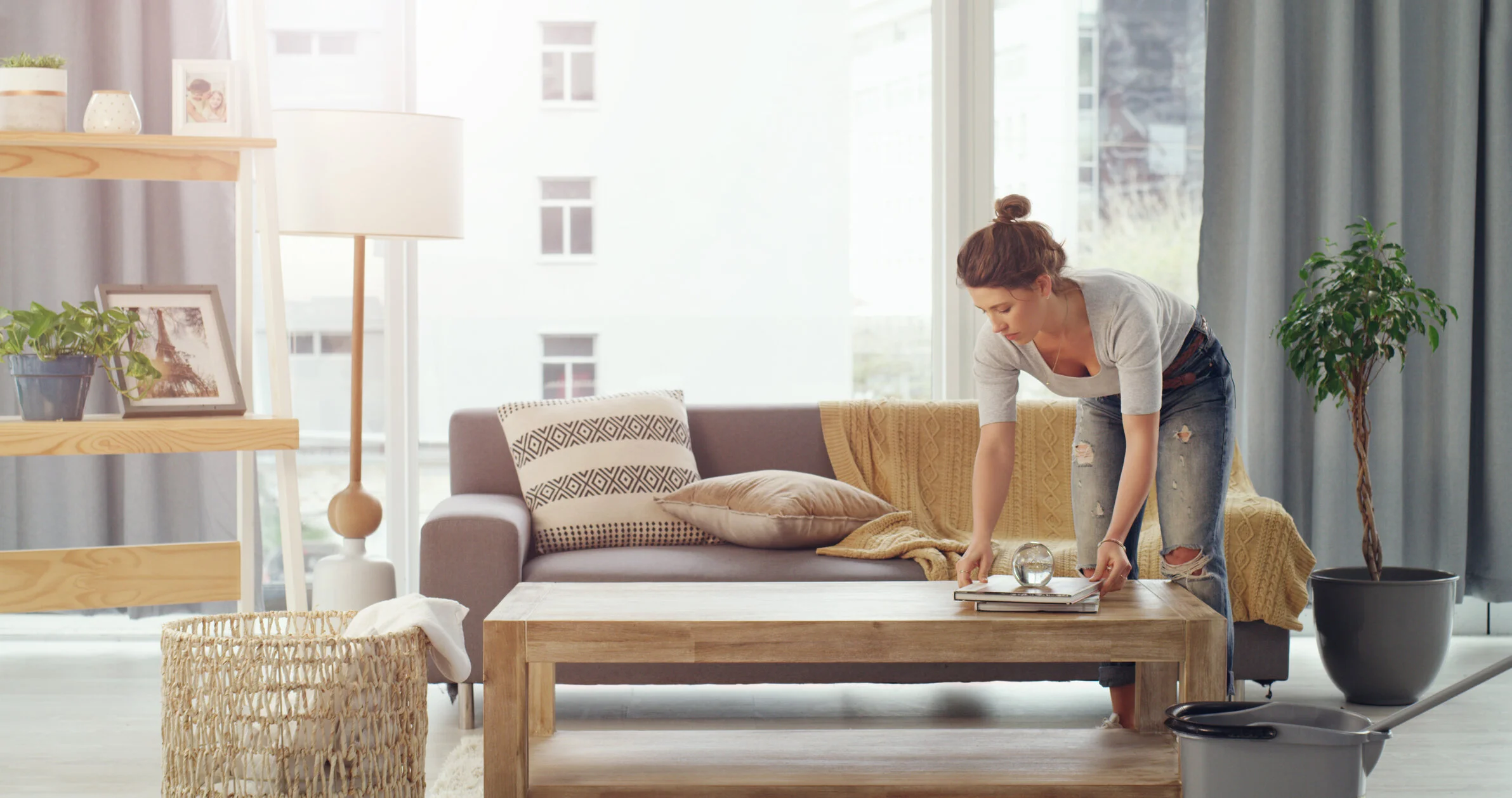There is a kind of cozy charm found in small rooms. With the right decorations and furniture, any small space can be made into a comfortable nook that is perfect for a cup of coffee and a few good hours of reading. However, when your "nook" is also where you live, the task of creating the illusion of space can feel daunting.
The good news is, it's not impossible to make your small living space appear larger and more comfortable. In fact, these four easy tricks will help you turn any room in the house from feeling like a cramped cupboard into a spacious getaway right in the middle of your home.
Light Cheerful Colors for Light Cheerful Rooms
Small spaces already tend to be full of shadows. The easiest way to counter this is with light and bright colors. If this means a trip to the local hardware store for paint, then keep in mind that bright pastel colors can help reflect light on the walls of any room, thus creating the illusion of more area. In spaces with large windows, cheerful pastel yellows and soft rose pinks might work well, as these colors easily reflect sunlight and help spread a warm sunny glow across open surfaces.
However, in a room with less natural lighting, it might be wise to go with the soothing tones of a soft, cooling blue or a pastel green; these colors blend well with artificial light, especially when it comes to the new LED bulbs. If you're having difficulty choosing which color to use, remember that white or a slight off-white is always a suitable choice and is easily dressed up with room decor.
The Right Curtains Can Go a Long Way
Many people use heavy or dark curtains in their bedrooms to help block out sunlight in the morning. If your bedroom is small, however, these same curtains can make the room feel stifling. To counter this, try finding curtains with lighter colors. White is ideal, as it goes with almost any color you might paint the walls. But if white doesn't work for you then go with some lighter coordinating tone that compliments your color scheme. Also, don't leave the curtains closed during the day; tie them back so that sunlight can filter through the window. The more natural light in a small space, the less small and more comfortable it will feel.
Just say "No" to Bulky Furniture
When you live in a small space, you quickly learn that less often means more. In this case, less furniture bulk in the way means more room to spread out and enjoy life. Big clunky recliners and heavy leather sofas are space-eaters. Yes, of course they're comfortable, but they also take up a lot of room that could be better utilized, and as anyone who lives in a small place knows, any space that can be better utilized should be.
If you're looking for new furniture to bring atmosphere to your small space without cluttering it up, why not try a sleek modern design in light or bright colors. Remember, giving up bulk does not necessarily mean giving up comfort. There are many furniture options out there that harmonize sleek design with comfortable living, like this lounge chair from our collection- it provides a stylishly comfortable look without taking up extra room, and its clean-cut style adds a modern yet welcoming flair.
Which brings us to our fourth trick…
Declutter Everything
The downside of living in a small space is that you don't have a lot of room to work with. Too many objects lying around can make any room feel cluttered and tiny no matter how much you paint and adjust furniture. However, the solution is as simple as a few hours of cleaning and organization. If you keep the areas under and on top of tables, chairs, and couches open and free of clutter, you'll provide the eye with a clear line of sight along the floor and over the surfaces of furniture. This adds to the illusion of space.
Of course, doing this also means that you can't keep too many unnecessary possessions in your small space at one time. Try to get rid of any old belongings that you don't have a use for anymore, and limit the number of new things you bring into your home. Remember the saying "there's a place for everything and everything in its place." If you don't have a good place for it, then it probably should go.
Have fun turning your small spaces into fresh new get-aways the whole family can enjoy! And remember, if you find yourself in need of a professional designer's help, you can always contact me here.










